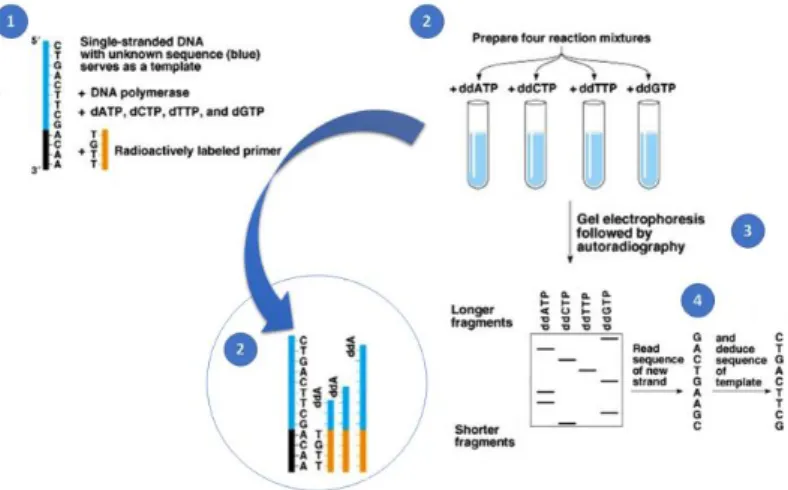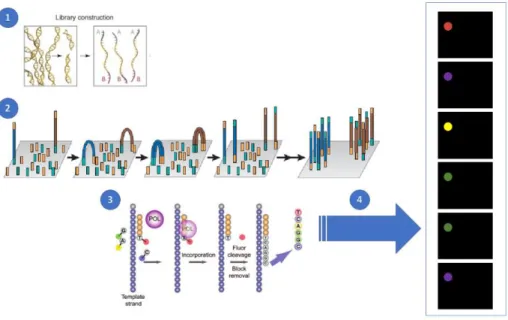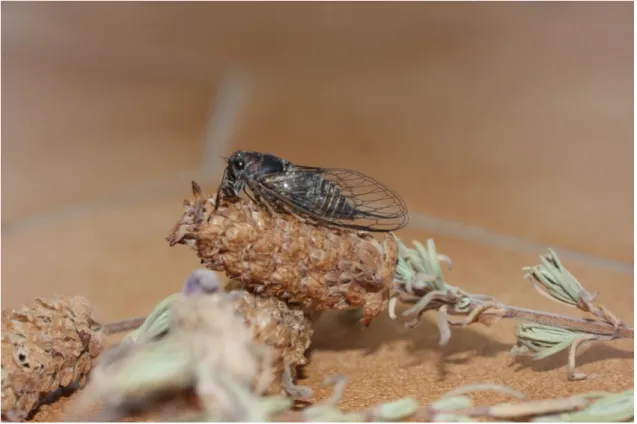Analysis of RAD sequencing data from species of Mediterranean cicadas
Texto
Imagem




Documentos relacionados
Because there are no hot mutation sites for large gene like CACNA1A and overlapping clinical features among different types of ataxia, we explored next generation sequencing
Valencia outlined the following challenges in personalized can- cer medicine: next-generation sequencing must evolve in technology and software; consequences of mutations in genes
Since the introduction of the method of diploid genome reconstruction, one can select sequencing technology in terms of the characteristics of target sequence, which
In this study, we used Solexa deep sequencing technology to characterize and compare miRNA expression profiles between sexually mature and immature horse testis to
gene panels are slightly more expensive than single-gene tests. They employ the same technology as whole-exome and whole-genome sequencing methods, although they generate
Across comparable samples, the number of high quality SNPs detected using MiSeq data was higher than from Ion PGM, mostly due to low coverage in the alignments generated from the
Using Illumina Next Generation Sequencing (NGS) technology, we identified a total of 292 known and 329 novel miRNAs in normal horse tissues including skeletal muscle, colon and
Data represent the fold change in expression of the analyzed transcripts relative to b -acting transcript level of sick octopuses (highly infected by A. octopiana ), referred to





